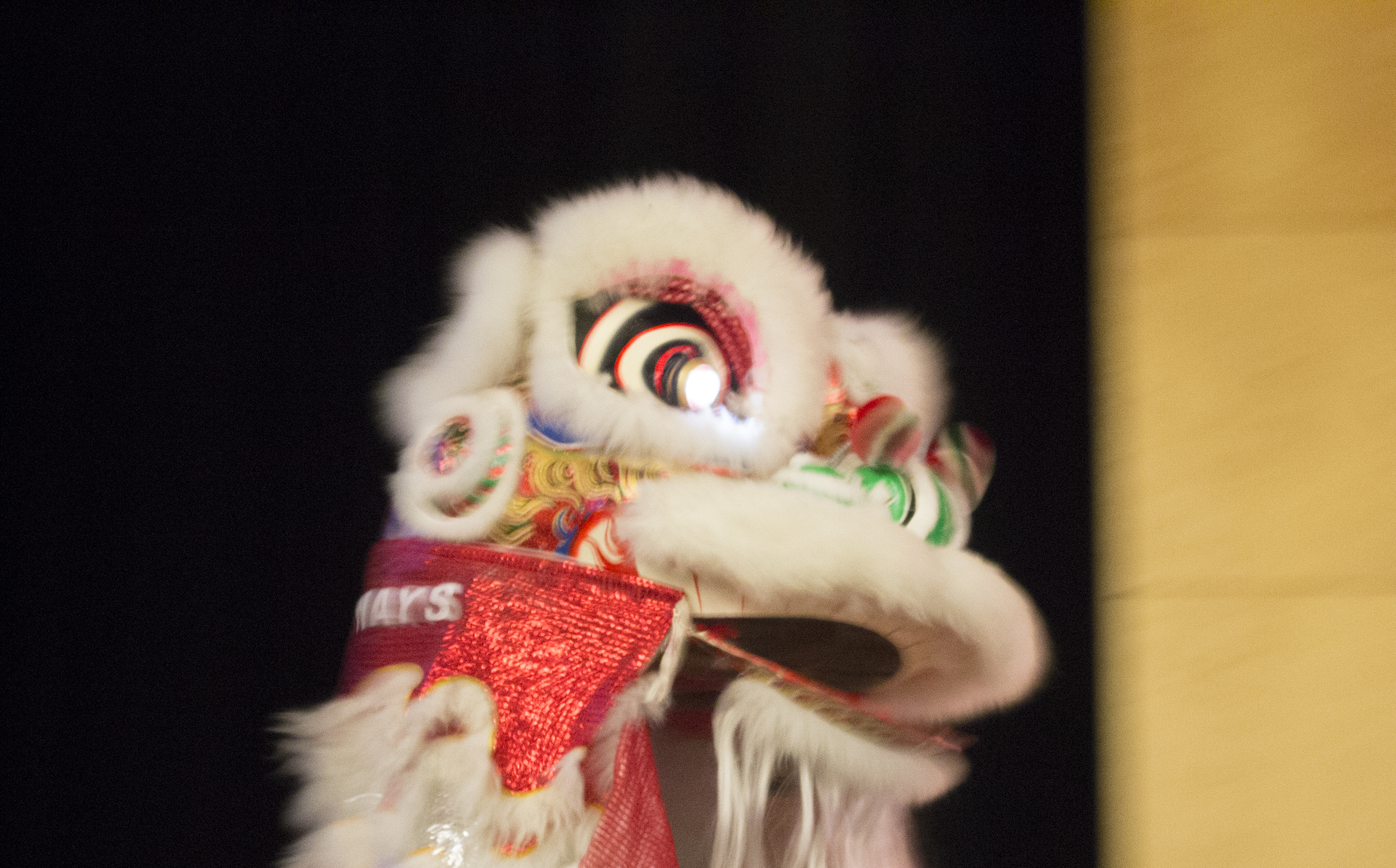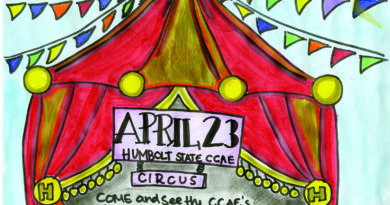Lunar New Year: Students come together to celebrate the year of the rooster
It is the Year of the Rooster and people all over the world are coming together to celebrate the Lunar New year.
On Saturday, Jan. 28, 2017, families, children, and students gathered in the KBR for some music, food, and a live dance performance in honor of the event. Chinese New Year, also known as the Spring Festival in China, follows the lunar calendar and is a 15-day celebration that ends with a lantern festival. Because it follows the lunar calendar, the celebration falls on a different day each year.
Cindy Fong is the coordinator for the Asian Desi Pacific Islander Collective (ADPIC).
“In China, asking for someone’s zodiac sign is a polite way to ask for someone’s age,” Fong said.
This event is celebrated at the beginning of spring honoring love, good fortune, and life. This is a time when families come together and eat traditional meals that ensure a successful, prosperous new year.
Red envelopes are handed out enclosed with money to symbolize good luck and fortune. It is encouraged to hand out envelopes with even digit amounts, for example, two dollar bills and six dollars would be considered lucky numbers. Four dollar bills are not accepted because in China four is the number of death, which is unlucky.
Some of the practiced traditions in China include cleaning one’s entire house before the new year, refraining from using any sharp cutting objects, and settling all debt before the new year begins.
Ava Mark, the President of the Chinese Language and Culture club at Humboldt State gave a brief presentation during the event explaining the lunar new year.
It is encouraged to refrain from using sharp objects because it is seen as “cutting away your luck,” Mark said. “Family is pretty much everything in China. A lot of foods are about family togetherness and strengthening those ties.”
Her presentation listed some of the lucky foods like dumplings, oranges, uncut long noodles (representing long life), whole fish, sweet rice balls, and glutinous rice cake. The glutinous rice cake is a symbol for gaining higher income.
Mark was wearing a traditional dress called, “Hanfu,” a direct translation of the words “Chinese clothing.” These dresses are worn by women and are made to be really tight because in Chinese culture women are meant to serve men. They cannot sit down because it is considered disrespectful. The dresses are usually red because the color red is considered good luck in China.
Foreign exchange student, Zimo Yang has been in the United States for five months and was excited to see so many people of her culture in one room.
“I am from China, and in these five months I have not seen any Chinese people,” she said. “I feel really moved by this because it made me feel like I was home. It is the first time I have seen people from my culture.”
Yang has been to Chinatown in San Francisco but was upset to see so many Chinese people who did not speak Chinese. “It upsets me because I feel like we have differences. It was nice to come here, and be able to speak my language with other Chinese people,” she said.
Cindy Fong and Ben Yang are coordinators of the Asian Desi Pacific Islander Collective on campus through the Multicultural Center who planned and prepared the entire event.
“We try to be as inclusive as possible,” Fong said.
According to Fong, this celebration is a very big deal. “It is very much about family time,” Fong said.
“I really want everyone to understand the ADPI community and understand that within the asian community there are so many different groups and we try to cover these cultures during the events that we throw,” Fong said.
The Asian Desi Pacific Islander Collective is a club dedicated to the organization and advancement of Asian Desi Pacific Islander students within the community and on campus. Alexander Badger is a member of the collective.
“We help the community through cultural sharing within the same space, and we help students by allowing them to come to us with any academic or social problems that they might face, so they can have a comfortable peer group to be able to talk to,” Badger said.
He explains that although asian students are enormous on a lot of college campuses, they have trouble organizing. They want to create a student center of excellence for the asian community at Humboldt State because they are one of the few underrepresented groups on campus that does not have a center.
ADPIC has weekly meetings on Tuesdays at 2 p.m. For more information on the ADPI collective, you can contact the MultiCultural Center.




